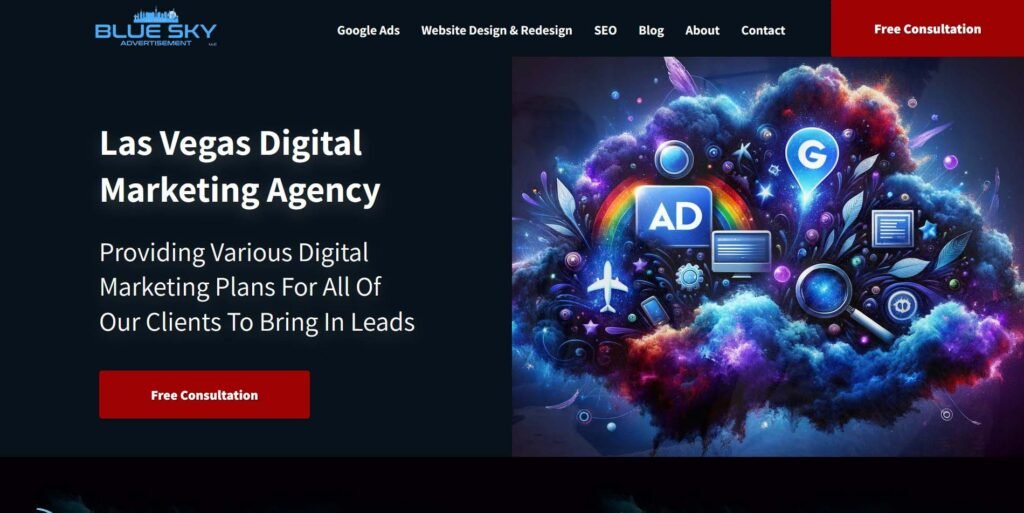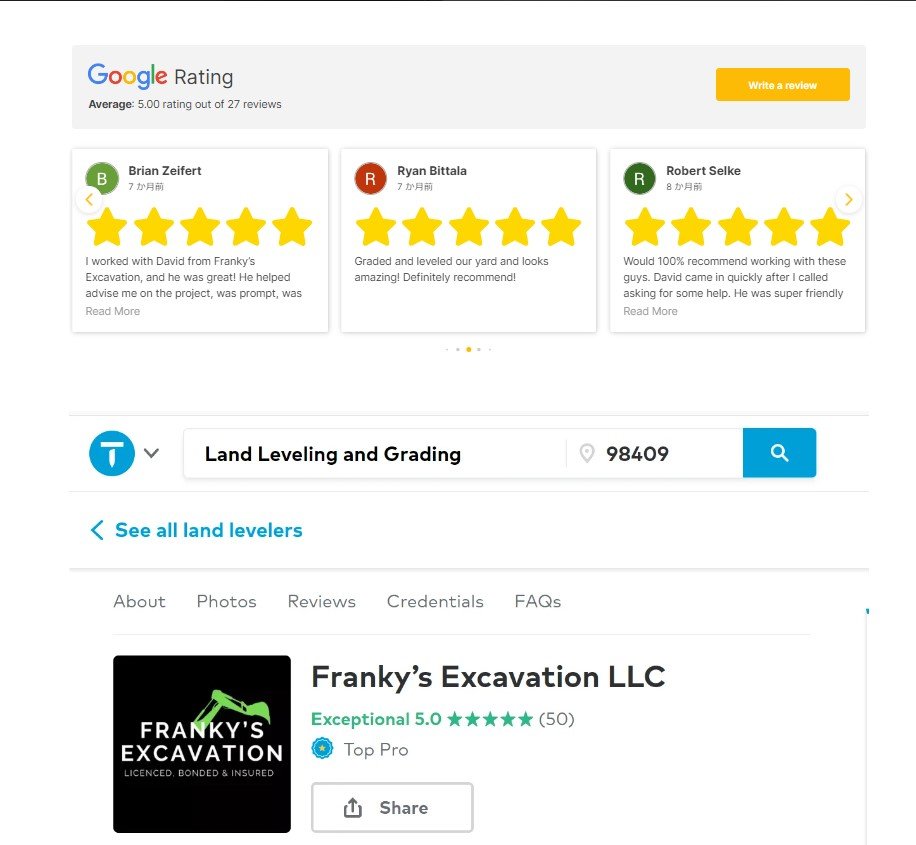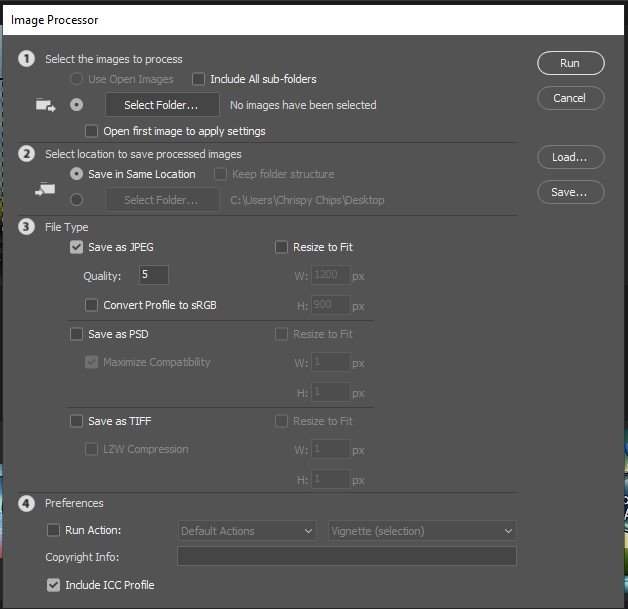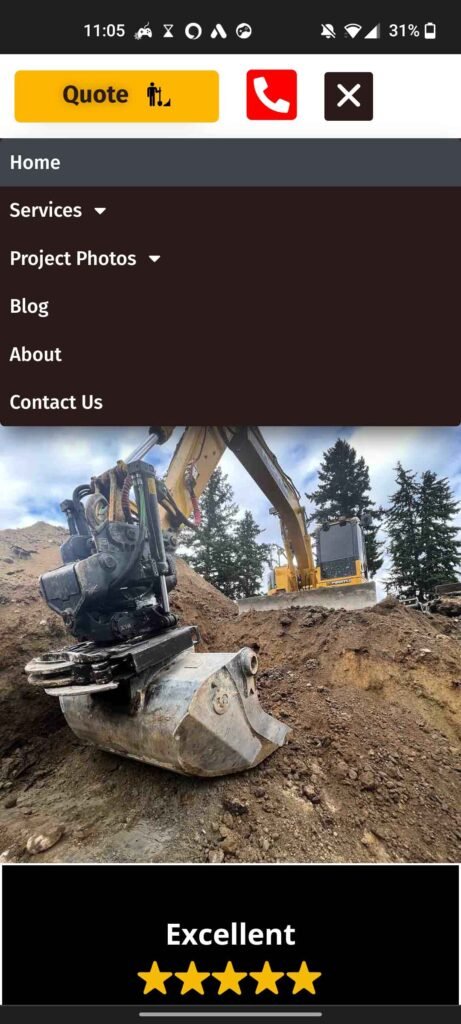Table of Contents
Conversion Optimization Tips for Your Small Businesses Website

Struggling to convert website visitors into customers? Let’s help you improve your website’s conversion rate because it is crucial for small businesses that is looking to boost sales and maximize your online potential. We will go over essential conversion optimization techniques that your small businesses can implement to improve the performance of your website. From optimizing website conversions to implementing proven strategies and best practices, these techniques will help you drive more sales and increase your website’s ROI or MER.
Key Takeaways:
- Conversion optimization tips that can help your small business boost your website’s performance and increase sales.
- Implementing proven strategies and best practices can help optimize website conversions and improve ROI or MER.
- Understanding user behavior, crafting compelling CTAs, streamlining the checkout process, optimizing website speed, enhancing mobile user experience, personalizing the user journey, and conducting testing and optimization are all essential components of successful conversion optimization.
- By implementing these techniques, small businesses can improve their website’s conversion rate and drive more sales.
Understanding Conversion Optimization
To implement effective conversion optimization techniques, you must understand your audience’s behavior and preferences, create compelling calls-to-action, and provide a seamless user experience throughout the website. By analyzing user behavior and testing different strategies, you can make informed decisions to improve your conversion rates consistently. Remember CRO (Conversion Rate Optimization) is a marathon and not a sprint.
Conversion Optimization Strategies
Here are some essential conversion optimization strategies and tips:
- Create a clear value proposition that resonates with your target audience.
- Use high-quality images and videos to showcase your products or services.
- Provide social proof, such as customer reviews and ratings, to build trust.
- Ensure your website’s navigation is simple and intuitive, making it easy for users to find what they are looking for.

Figuring Out How The User Interacts With Your Site
There are many different ways to figure out gaps on your service pages. Figuring out how the user navigates your site allows you to identify areas for improvement and help you make a more informed decision on how to increase your conversions.
Heatmaps
A heatmap shows how user behave on your website by using colors to highlight the areas of the webpage that was most interacted with. This helps with identifying which areas of your website are working well and which ones needs improving. For example, you may notice that users are spending a lot of time on your product pages and clicking on product images. This insight can help you optimize these pages to increase conversions. Hot Jar has a great heatmap feature that you can use for free.
Click Tracking
Using things like Google Analytics to set up “event tracking” to track what and when the user clicked on something to get a general idea of how the user interacts with a certain webpage.
A/B Testing
A/B testing is a simple method: You take two versions of a webpage and testing them to see which one performs better. A general rule of thumb that we do here at Blue Sky Advertisement with our clients is to A/B split test high priority money pages every two weeks depending on the monthly traffic our clients site gets. You can test different aspects of the webpage, such as headlines, images, buttons, button colors, and forms.
Crafting Compelling Call-to-Actions
A well designed call-to-action (CTA) can significantly impact conversion rates. Encouraging visitors to take the desired action is needed for the success of any business’s website. Here are some conversion optimization examples to help you create compelling CTAs that drive conversions and increase sales on your website:
1. Using Emotional Triggering Language
To simplify this: Using active verbs and urgent language can create a sense of urgency and encourage visitors to take immediate action. The whole point of your business is to provide a service or product that solves the consumers problems or needs.
Example: “Call Us Now And Get A Free Quote!”
2. Optimize Button Placement
Now a days this is a standard in UX Design. Placing CTA buttons or forms above the fold and in correct sections of the webpage will increase visibility and improve conversions on average. Depending on the service, we do not recommend to put a form above the fold. If the user does not know anything about your product or service, they are not going to instantly buy it without knowing more. Blue Sky Advertisement recommends to put the form farther down the sales funnel.
3. Use A Color That Makes Your CTA Stand Out
There is a 60/30/10 rule in the standard UI/UX rules for web design. You want to use the color for the CTA rarely through out the page because it will catch the users eye and guide them through the sales funnel.
Here is an example of what we did on our website Blue Sky Advertisement. We went with the color red and only used it for the CTA’s throughout all of our website pages.

4. Keep it Dumb Simple
Keep the whole page and sales funnel simple and to the point. Do not make the user work to find more information on your product or service. Remember there are many other businesses that are doing the same services or selling the same product you are. If you answer all of the user’s questions they are more willing to give your product or service a shot.
Simplify The Checkout Process For Ecommerce Sites
Customers who encounter difficulties during the payment process are more likely to abandon their carts, resulting in lost sales. Therefore, it is essential to simplify the checkout process and make it as easy as possible.
Simplify Forms
Long and complicated forms are just a pain for users, making the checkout process a pain too. By simplifying the checkout form, it will make the transaction smooth. Remove any non-essential form fields and provide clear instructions. A clean and straightforward checkout form will improve user experience and reduce cart abandonment rates.
Offer Guest Checkout Options
Some customers may feel uncomfortable sharing their personal information, which can lead to cart abandonment. To avoid this, provide an option for guest checkout. This enables customers to complete their purchases without creating an account or sharing personal information. Guest checkout improves website conversion rates by eliminating potential barriers to purchase.
Use A Ton Of Social Proof
Many users abandon their carts due to trust issues with the website. To reduce this, add trust-building factors into your website, such as a secure checkout badge or trust seals. Display customer reviews and ratings to show social proof, letting potential customers know that others have previously used and recommended your product or service.

Optimizing Website Speed
Website speed is a critical factor in conversion optimization. Slow loading pages can result in frustrated customers, increased bounce rates, and decreased conversions. Here are some techniques to optimize your website’s speed:
1. Downsize Your Images
Large images can significantly slow down your website. Use image compression tools like TinyPNG to reduce file size without compromising image quality. We personally just use the image processor function in Photoshop: File>Scripts>Image Processor

2. Caching
Caching is the process of storing website data temporarily, so it loads faster for returning visitors. Use plugins like WP Super Cache (for WordPress sites) or W3 Total Cache (for non-WordPress sites) to enable caching on your website. We personally use WP Rocket although it is a paid plugin you can find free versions all over the internet. There are many free options you can choose from for caching plugins for your word press or duda website.
3. Minimizing code
Most cache plugins can remove unused javascript, CSS code, and plugins. You can use tools like Google PageSpeed Insights to spot the areas you need to improve on your website.
By implementing these techniques, you can improve website speed, providing a seamless user experience and increasing the likelihood of conversions.
Enhancing Mobile User Experience
With mobile devices now accounting for over 50% of all internet traffic, enhancing the mobile user experience is crucial for improving website conversions. Mobile users have unique needs and expectations, and failing to meet them can result in high bounce rates and lost opportunities.
Here are some conversion optimization techniques to improve your website’s mobile experience:
Responsive And Mobile-Friendly Designs
Having your website automatically adjust to any type of device screen is a must-have nowadays. Almost half of the traffic to your website will come from a mobile user. Remember when you design or have your website designed, make sure that you have a design that will work with desktop, tablet, and mobile. A way to ensure that your site is responsive is by either using clamp codes or REM for font sizes.
Easy Navigation
We are in the X, Instagram, and Meta age now. Users have a shorter attention span ESPECIALLY mobile users. You have to make your website’s navigation dumb easy. Sticky header bars with a clear CTA and a hamburger menu will help the UX of your site. This will lead to higher conversion rates.

Conclusion
Conversion optimization plays a critical role in the success of small business websites. By implementing proven techniques and strategies, you can improve your website’s performance and drive more sales. Whether it’s analyzing user behavior, crafting compelling CTAs, streamlining the checkout process, optimizing website speed, enhancing mobile user experience, personalizing the user journey, or conducting testing and optimization, every aspect of your website can be optimized for conversions.
By optimizing your website for conversions, you can improve your website’s conversion rate and boost your business’s bottom line. Whether you’re looking to drive more sales or increase your website’s visibility, effective conversion optimization techniques can help you achieve your goals.
So, start implementing conversion optimization techniques today and take your small business website to the next level!
Frequently Asked Questions
What is conversion optimization?
Conversion optimization is the process of improving the performance of a website by increasing the percentage of visitors who take a desired action, such as making a purchase or signing up for a newsletter.
Why is conversion optimization important for small businesses?
Conversion optimization is crucial for small businesses as it helps maximize the potential of their websites to generate sales and leads. By improving the conversion rate, small businesses can achieve higher returns on their marketing investments and drive more revenue.
How can I analyze user behavior on my website?
There are several tools and techniques you can use to analyze user behavior on your website. Heatmaps can provide visual representations of where users click and interact with your site. Click tracking tools can give you insights into user engagement and behavior. A/B testing allows you to test different versions of your website to see which performs better. These methods can help you make data-driven decisions to optimize your website for conversions.
How can I optimize my website’s speed?
Optimizing your website’s speed involves techniques such as compressing images, enabling caching, and minimizing code. Large image files can slow down your website, so use compression tools to reduce their size without compromising quality. Caching can help load your website faster for returning visitors. Minimizing code by eliminating unnecessary scripts and CSS files can also improve your site’s speed. A fast-loading website enhances user experience and increases the likelihood of conversions.
What testing and optimization methods should I use?
A/B testing and multivariate testing are popular methods for testing and optimizing your website. A/B testing involves comparing two versions of a webpage to see which performs better in terms of conversions. Multivariate testing allows you to test multiple changes on a page simultaneously. Use data and analytics to track the performance of different variations and make data-driven decisions to optimize your website continually.





